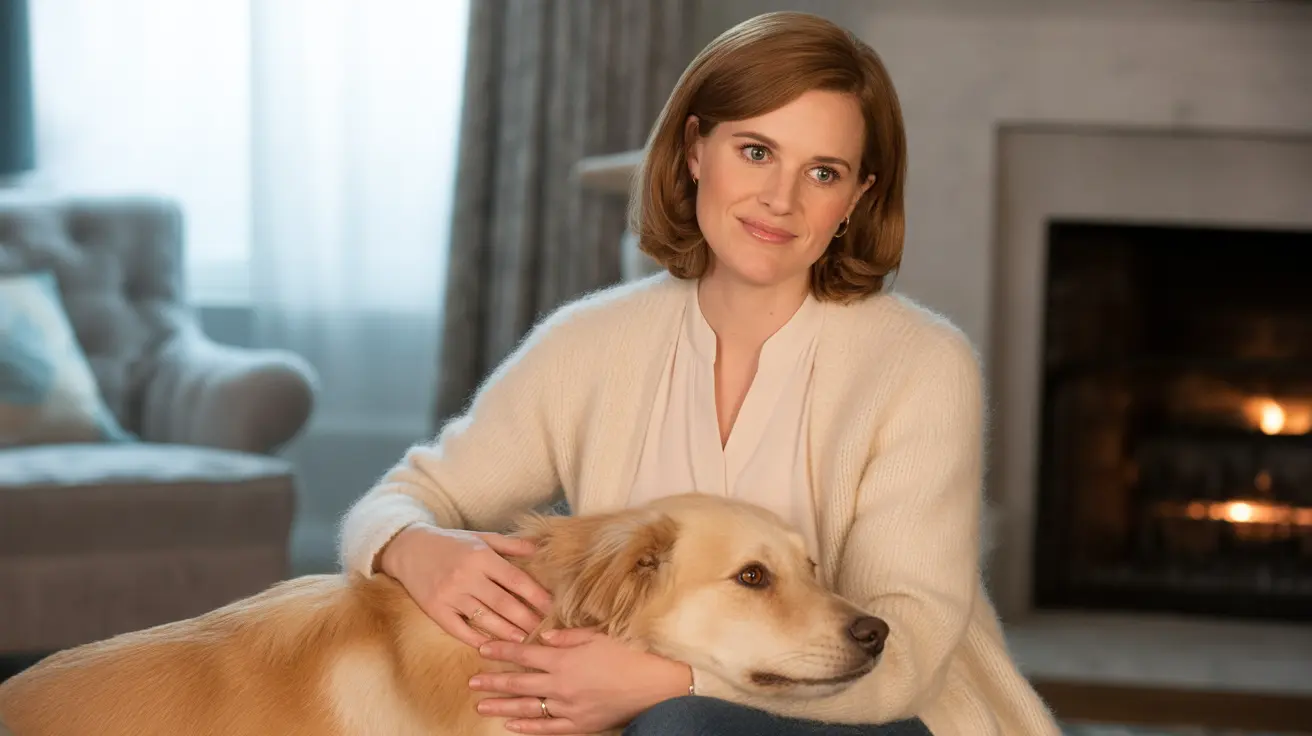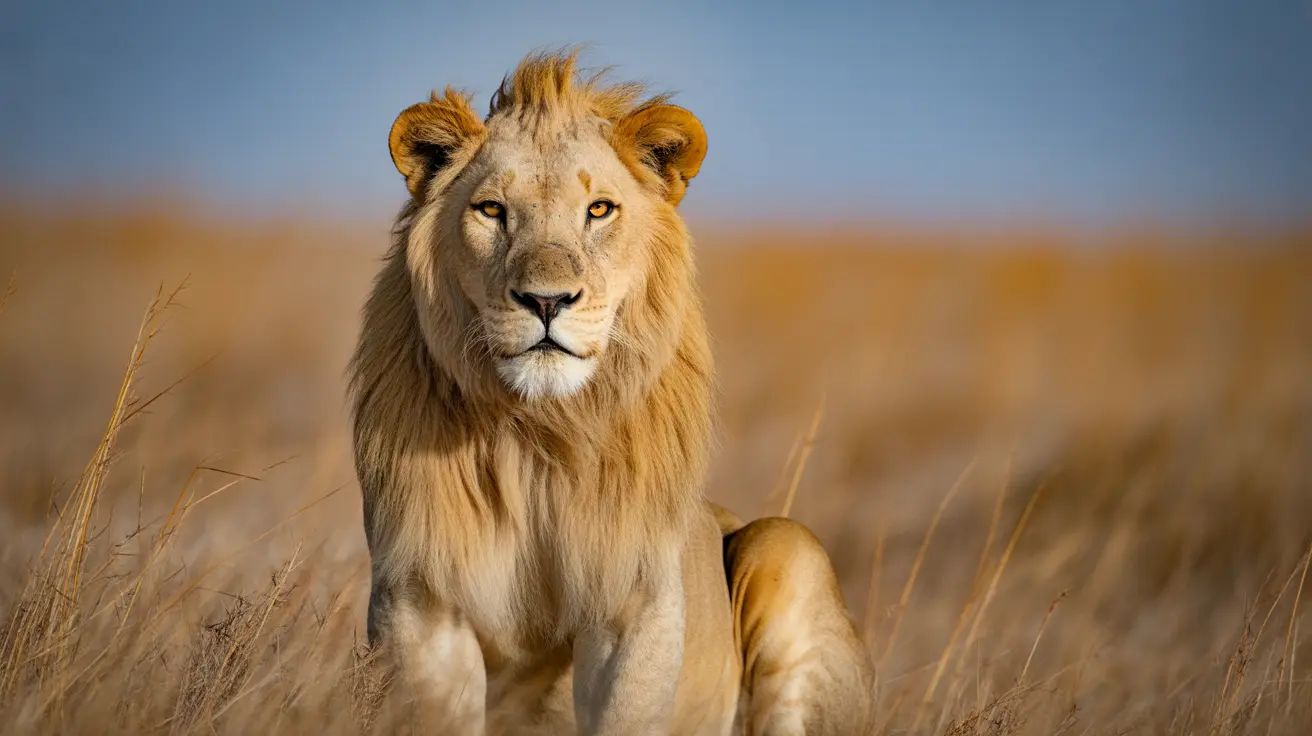Understanding the Husky German Shepherd Mix (Gerberian Shepsky)
The German Shepherd Husky mix, often called the Gerberian Shepsky, brings together two iconic breeds: the intelligent, loyal German Shepherd and the playful, energetic Siberian Husky. This hybrid dog combines some of the best traits from both parents, making it a favorite for active owners who want a devoted companion with a bit of flair.
Appearance and Size
Gerberian Shepskies usually fall into the medium to large size range. Most stand about 20 to 26 inches tall and weigh between 45 and 80 pounds, though some can be as light as 35 or as heavy as 88 pounds. Their bodies are athletic and well-muscled—a nod to their working-dog heritage. You'll notice erect, pointed ears and either a wolf-like or strong muzzle. Eye color varies widely: blue, green, brown, or even both (heterochromia) are possible. Their double coats are dense and medium in length, coming in shades like black, brown, white, gray, sable, red, or cream—often with distinctive markings from both parent breeds.
Temperament and Behavior
This mix is generally intelligent, alert, and full of energy. From the German Shepherd side comes loyalty and protectiveness; from the Husky side comes friendliness and playfulness. The result? A social dog that bonds tightly with its family but may be reserved around strangers. These dogs thrive on mental and physical activity—without it, they can get bored fast. If that happens, expect barking, howling, chewing, digging, or even creative escape attempts.
- High need for exercise
- Strong bond with family
- Protective yet playful nature
If you're away from home often or new to dog ownership, this breed might not be for you. Early socialization and consistent training help them develop confidence and good manners.
Suitability With Children and Other Pets
With proper socialization from puppyhood onward, Gerberian Shepskies are usually patient with children. However, because they're big and energetic (sometimes clumsy), supervision is smart when young kids are involved. They can get along well with other dogs—and sometimes cats—especially if raised together. That said, their prey drive can make them less suitable for homes with small pets like rabbits or rodents.
Exercise Needs & Living Environment
This breed requires daily exercise—at least one to two hours of moderate to vigorous activity is ideal. Think long walks or runs paired with play sessions or mentally challenging games like obedience work or agility training. A spacious yard is best so they can run freely (but make sure it's fenced; some will dig under or leap over barriers). Apartment living isn't ideal unless you can provide lots of daily activity.
- Minimum one to two hours of exercise per day
- Mental stimulation through games/training
- Secure fencing required due to roaming tendencies
Grooming & Maintenance
Their double coat sheds all year but especially in spring and fall. Brush several times a week (daily during heavy shedding) to control fur around your home and keep their skin healthy. Bathe only when necessary using mild shampoo so you don't strip natural oils. Remember regular ear cleaning, nail trims, and dental care too.
Health Considerations
This hybrid is generally healthy but may inherit conditions from its parent breeds:
- Hip/elbow dysplasia (joint malformation)
- Degenerative myelopathy (spinal disease)
- Cataracts/eye issues: corneal dystrophy, PRA (progressive retinal atrophy), pannus
- Bloat (gastric dilatation volvulus)
- Occasional allergies/epilepsy/ear infections
Selecting pups from responsible breeders who screen parents helps reduce these risks. Regular vet visits keep your dog in top shape.
Lifespan
If you provide good care—including proper diet and exercise—the average lifespan ranges from 10 to 14 years; some live even longer if kept healthy.
Diet & Nutrition
This active breed needs high-quality food rich in protein. Adults typically eat two to three cups per day split into at least two meals (helps prevent bloat). Puppies require food formulated for growth since they have higher caloric needs. Always offer fresh water; factor treats into total calories to maintain a healthy weight.
Trainability
The Gerberian Shepsky is smart—they pick up commands quickly if training stays positive and engaging. Still, some inherit stubbornness from the Husky side; firm but gentle reward-based methods work best here. Early obedience classes set them up for success.
- Learns quickly with consistent training
- Might show independence/stubbornness at times
A Quick Recap of Key Traits:
- Athletic build; striking appearance reminiscent of wolves
- Loyalty mixed with playfulness; protective but friendly disposition
- Suits experienced owners who enjoy an active lifestyle
- Needs early socialization/training plus regular grooming due to shedding





